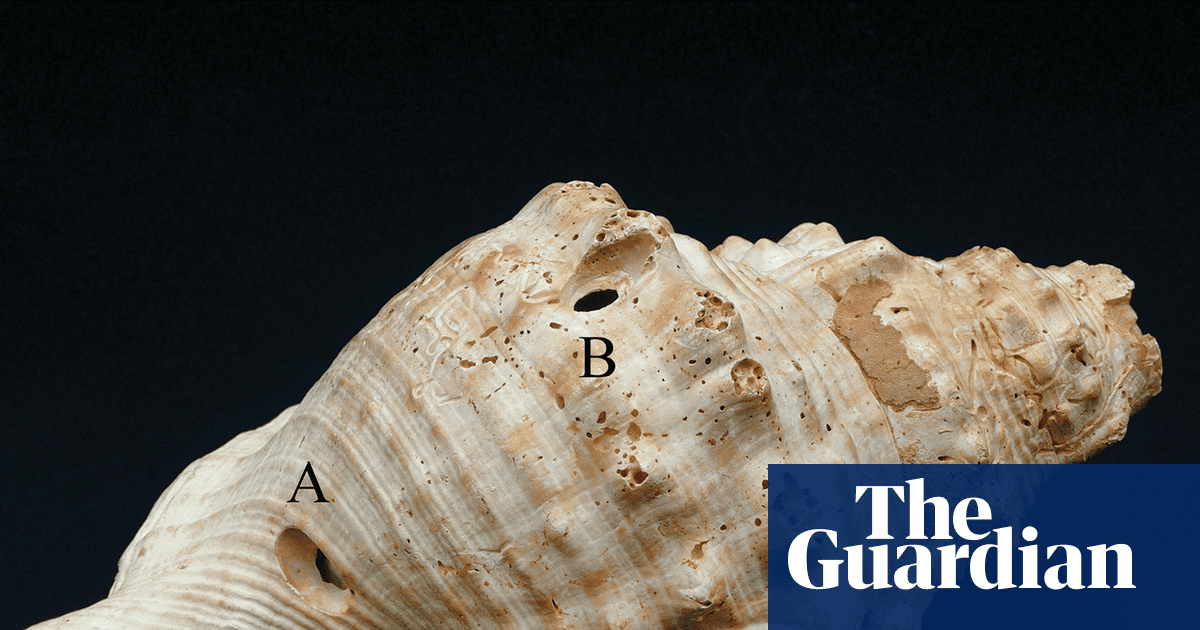Name: Ladybirds.
Age: Ladybirds typically live for one to three years.
They’re not really birds, are they? Correct. Coccinellidae is a large family of small beetles. In the US, they’re called ladybugs.
And they’re not all ladies? Also correct. They can be male or female. The lady bit is thought to have originated from associations with the Virgin Mary.
Appearance. Spotted. Everywhere.
What do you mean? Well, they’ve got spots, as you know. But also they can be seen everywhere right now. You might have noticed them gathering around windows or in corners of rooms. “My house is literally crawling with them,” one distressed UK homeowner wrote on TikTok. In some more hysterical corners of the media, they’re calling it an “invasion”.
Like flying ant day? As a regular reader of this column, you’ll know there isn’t really such a thing (it happens over a period). But if we’re talking about seasonal insect behaviour, then yes.
Why are they doing it? In Britain, ladybirds become dormant and hibernate over winter. “On warm early October days many ladybirds will be seen flying around in search of a winter habitat,” Prof Helen Roy of the UK Centre for Ecology and Hydrology told the Manchester Evening News.
And where might that be? Er, Manchester …
No, where do the bugs go in winter? It depends on the species. A seven-spot ladybird typically snuggles down under leaf litter, while a harlequin ladybird is more likely to want to come into the house.
Harlequin ladybirds? More information, please, if I’m going to welcome them in. Harmonia axyridis, they can be red or orange, and are not native to the UK, but arrived here around 2004. Mainly spotted in the south-east, though they are pushing into the Midlands.
Red and orange, eh? How lovely! How autumnal! Wait till I tell you about the parasites and illnesses they can harbour, including a sexually transmitted disease …
They’re coming into my house and they’re going to give me an STD?! Don’t panic. “It’s a fungus that grows on the exoskeleton and we don’t have one of those, and we don’t have sex with ladybirds,” says Max Barclay, the senior curator of beetles at the National History Museum.
Can nothing stop the ladybird invasion? Well, parasitic wasps have started preying on them, so ladybird numbers are expected to reach an equilibrium.
Do say: “Ladybird, ladybird, fly into my home.”
Don’t say: “I’ve got some parasitic wasps who are dying to meet you.”

 1 month ago
28
1 month ago
28

















































